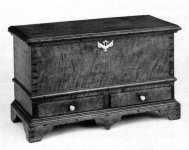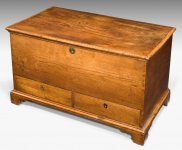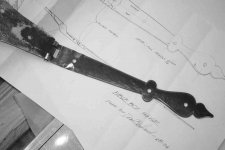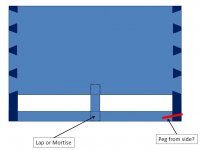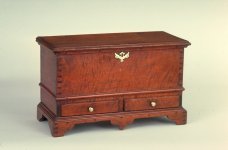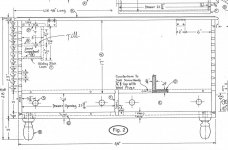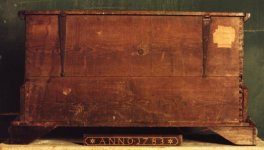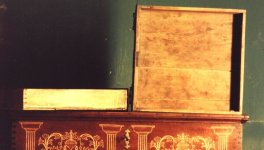Tom M
Well-known member
I've been wanting to make this small chest for several years. I thought I understood the construction reasonably well, but in starting a drawing and looking at the picture from "American Case Furniture" I'm thinking I might be wrong. I'm including a link to a PDF file I put together to try and explain my dilemma in more detail. Basically I assumed the front of the box had cut-outs for the drawers. But closer examination of the picture makes me think the front might be assembled from three pieces. If that is the case I can't figure out how it would be held together.
Any suggestions? (Yale would let me see the original but that's almost 400 miles away...)
https://dl.dropboxusercontent.com/u/74428001/Table%20Chest%20Question.pdf
Thanks,
Tom
Any suggestions? (Yale would let me see the original but that's almost 400 miles away...)
https://dl.dropboxusercontent.com/u/74428001/Table%20Chest%20Question.pdf
Thanks,
Tom

